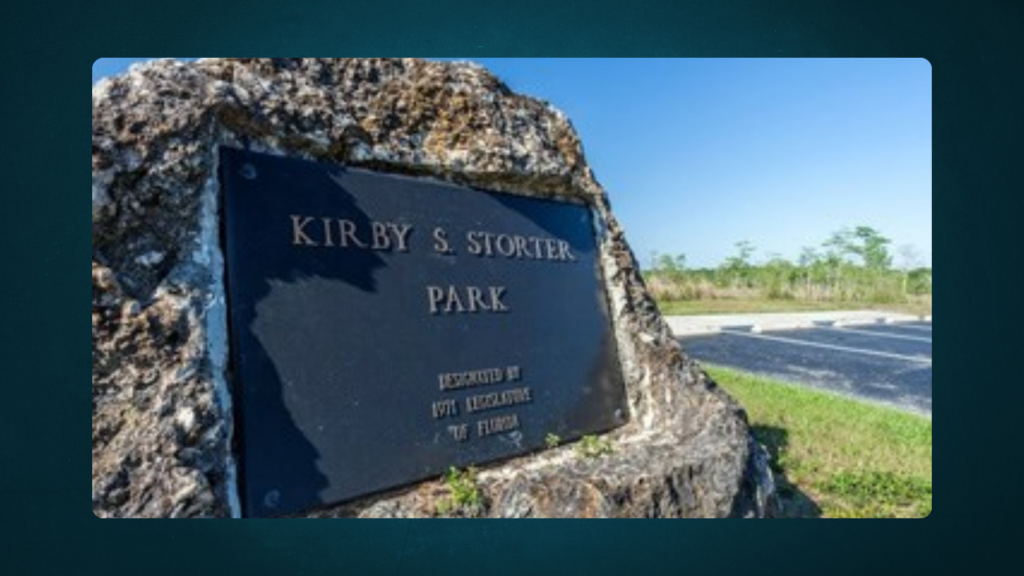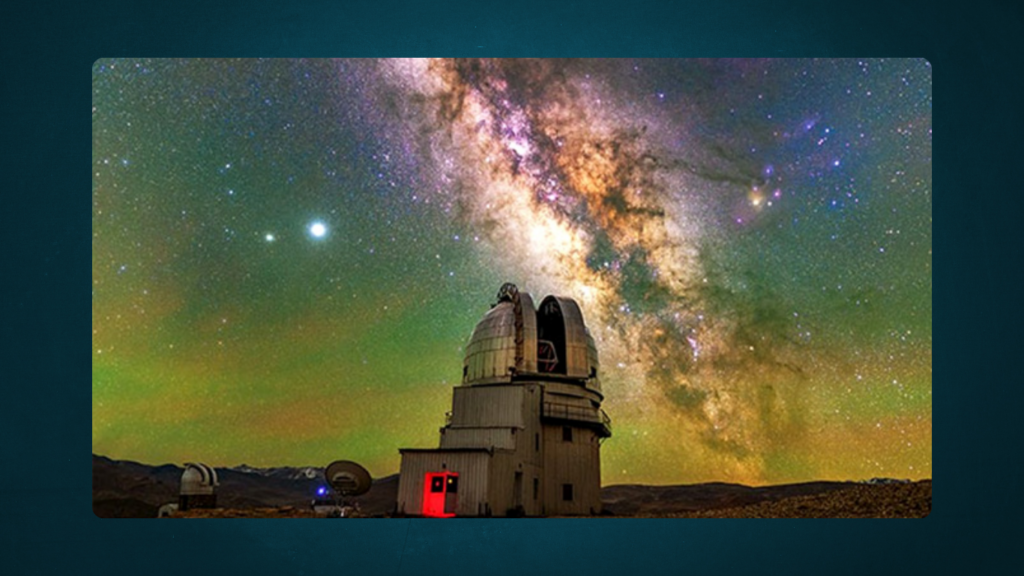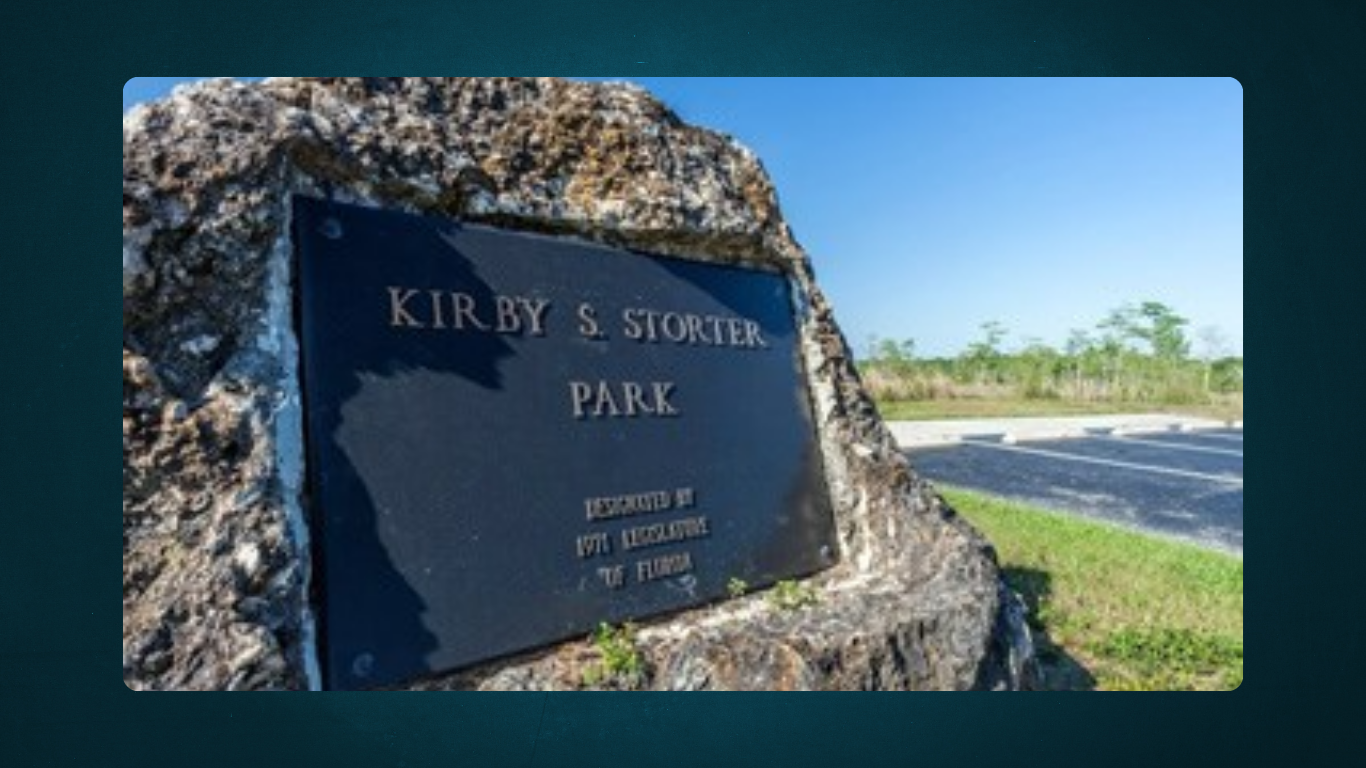The community has shown overwhelming support for the creation of a Dark Sky Reserve, a move that would preserve the “unique sense of wonder” associated with the region’s night skies. This international designation would place the area among a select group of global sites dedicated to reducing light pollution and protecting dark skies for future generations.
Covering an impressive 873 square kilometers, the proposed Dark Sky Reserve is expected to offer numerous benefits. It would enhance wellbeing, protect local wildlife, foster responsible lighting practices, and promote astrotourism. This initiative also aims to bring local communities together, united by the shared experience of appreciating the beauty of a star-filled sky.

At the heart of the proposal is Kirbys Road Environment Reserve, a Council-owned property that would serve as the core of the Dark Sky Reserve. This area would see strict light pollution management, while the surrounding towns of Maleny, Mapleton, Montville, Witta, Flaxton, and Conondale would form a broader buffer zone, ensuring that the night skies remain dark and clear.
During the consultation period from May 20 to June 16, the Sunshine Coast Council actively sought community feedback. Residents were engaged through online surveys, drop-in sessions, and a variety of community events. More than 5,800 letters and emails were sent to property owners in the proposed reserve area. The response was overwhelmingly positive, with over 95% of the 1,200 survey respondents supporting the initiative.
Councillor Maria Suarez, who leads the Environment and Liveability Portfolio, emphasized the importance of the feedback. “The message from our community is loud and clear—our dark skies are worth protecting,” she said. “They contribute to our health, support local wildlife, and are vital to the character of our region. This is about preserving what makes the Sunshine Coast special.”
The benefits of a Dark Sky Reserve extend beyond the aesthetic beauty of the night sky. Studies have shown that dark skies are essential for human health, promoting better sleep and reducing the risk of various health issues. Wildlife also relies on natural darkness for survival, with many species depending on low-light environments to navigate and hunt.
Astrotourism is another promising benefit of the proposed reserve. If approved, the region would join the ranks of only six other Dark Sky Places in Australia, and just one Dark Sky Reserve, attracting visitors from around the world who are eager to experience the magic of clear, unpolluted night skies. This would be a significant boost for local businesses, particularly those in the hinterland.

Division 5 Councillor Winston Johnston highlighted the importance of community involvement in the project. “For the Dark Sky Reserve to succeed, everyone needs to be on board. We need to make thoughtful decisions about how we use outdoor lighting to preserve the night sky for future generations,” he explained.
Despite the widespread support, some residents near Kirbys Road Environment Reserve have expressed concerns about potential increases in visitors and the impact on local amenities and roadways. Councillor Suarez addressed these concerns, assuring residents that the Council would take a balanced approach to managing the core area while ensuring that the benefits of the reserve are felt across the entire region. “The reserve area is vast, and opportunities will be spread throughout, ensuring that communities and businesses can share in the rewards without shouldering all the responsibility,” she added.
Beyond the core reserve, facilities like the Maleny and Mapleton Observatories will continue to play a crucial role in public engagement. These observatories already host regular night-sky viewing events, which will complement the educational and tourism efforts associated with the Dark Sky Reserve.
As for next steps, the Council will continue its dialogue with stakeholders and the broader community to fine-tune the proposal. Key technical documents, including a lighting management plan, are being prepared. Once these are finalized, the Council will present the findings at an upcoming meeting. If approved, the next phase will involve collaborating with Dark Sky International to formally apply for Dark Sky Reserve status.
The consultation also revealed concerns about light pollution in other parts of the Sunshine Coast, particularly urban coastal areas. In response, the Council is expanding its efforts to reduce light pollution across the region. This includes initiatives such as turtle-friendly lighting in coastal areas, which minimizes the impact on nesting turtles, and ongoing upgrades to energy-efficient LED streetlights.
Residents across the region can contribute by adopting simple lighting practices that help protect dark skies. These include using outdoor lights only when necessary, directing light to where it’s needed, keeping brightness levels low, and installing motion sensors or timers to limit light exposure.
As the Council continues to refine the Dark Sky Reserve proposal, it remains committed to involving the community at every step. If approved, this initiative will not only protect the region’s night skies but also enhance the area’s natural beauty, support local businesses, and promote a lasting legacy of sustainability and wonder for future generations.

Subtly charming pop culture geek. Amateur analyst. Freelance tv buff. Coffee lover
